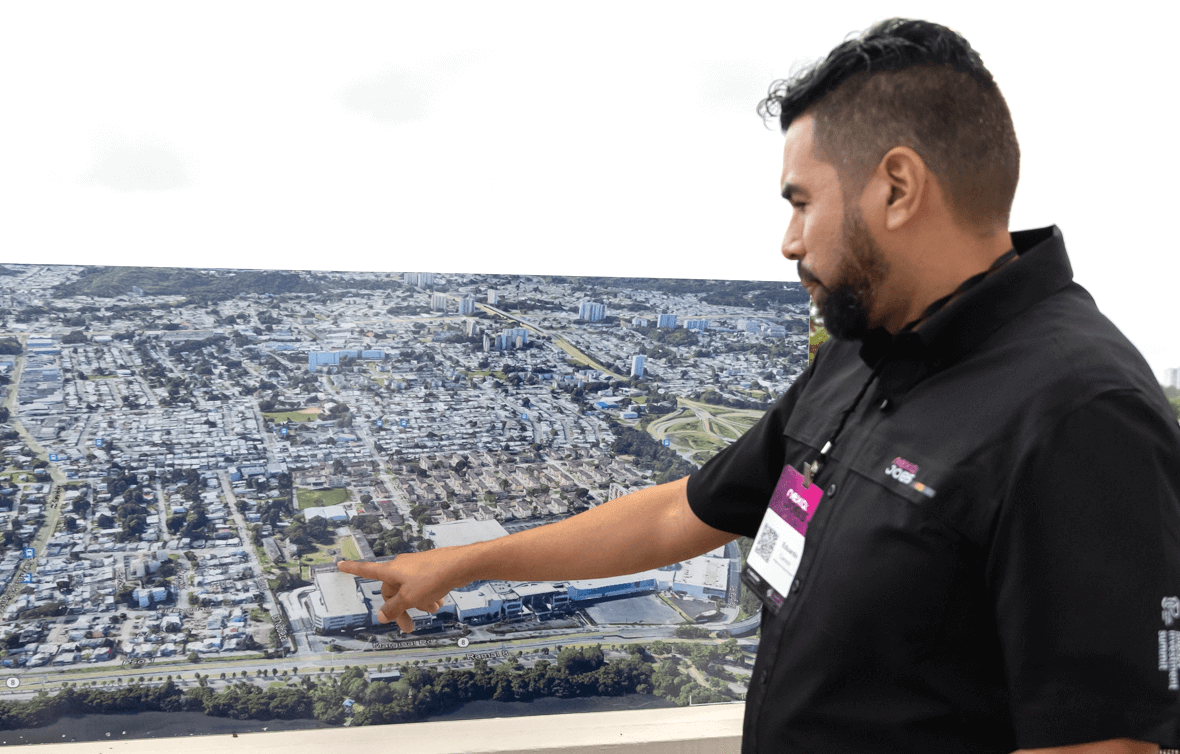The second report is out on a group of investors who have committed to moving 100% of the assets of at least one seven-, eight-, or nine-digit portfolio to impact investments.
The report from Toniic’s 100% impact network includes portfolio data from 76 asset owners who have collectively deployed $2.3 billion. The portfolios range in size from $2 million to more than $500 million; all but six have less than $29.5 million in assets. On average, the portfolios are 75% invested for impact; more than 30 have more than 90% in impact investments. Takeaways from “T100 Powered Ascent”:
- Global goals. More than 8 in 10 of the investors in the study say they’ve met or exceeded their impact performance expectations. The three most-cited Sustainable Development Goals are No. 11 (sustainable cities and communities), No. 7 (affordable and clean energy) and No. 17 (partnerships for the goals).
- Commercial returns. Nearly three-quarters of the portfolios target commercial returns overall, though most make some sub-commercial investments as well. Eight in 10 report they’ve met or exceeded their financial performance expectations.
- More measurement. Six in 10 portfolios now measure impact, up from four in 10 two years ago.
- Asset allocations. Impact investors in the study are overweighted in private equity investments and underweighted in hedge funds, compared to the asset allocations of non-impact portfolios. Foundations have nearly double the allocation to public equities and fixed income than other investors; private equity is most common for family offices.
- Local focus. African investors predominately invested in Africa, Asian investors in Asia, Europeans in Europe and so on.
Impact investing “lenses” are proliferating. Suzanne Biegel uses a gender lens. RS Group, a climate lens. Ditte Lysgaard Vind, circular economy principles. Nidal Eses, Eric Rassman and Talia Arnow are guided by the caring economy. Lorrie Meyercord has adopted Laura Callanan’s creative economy lens.











